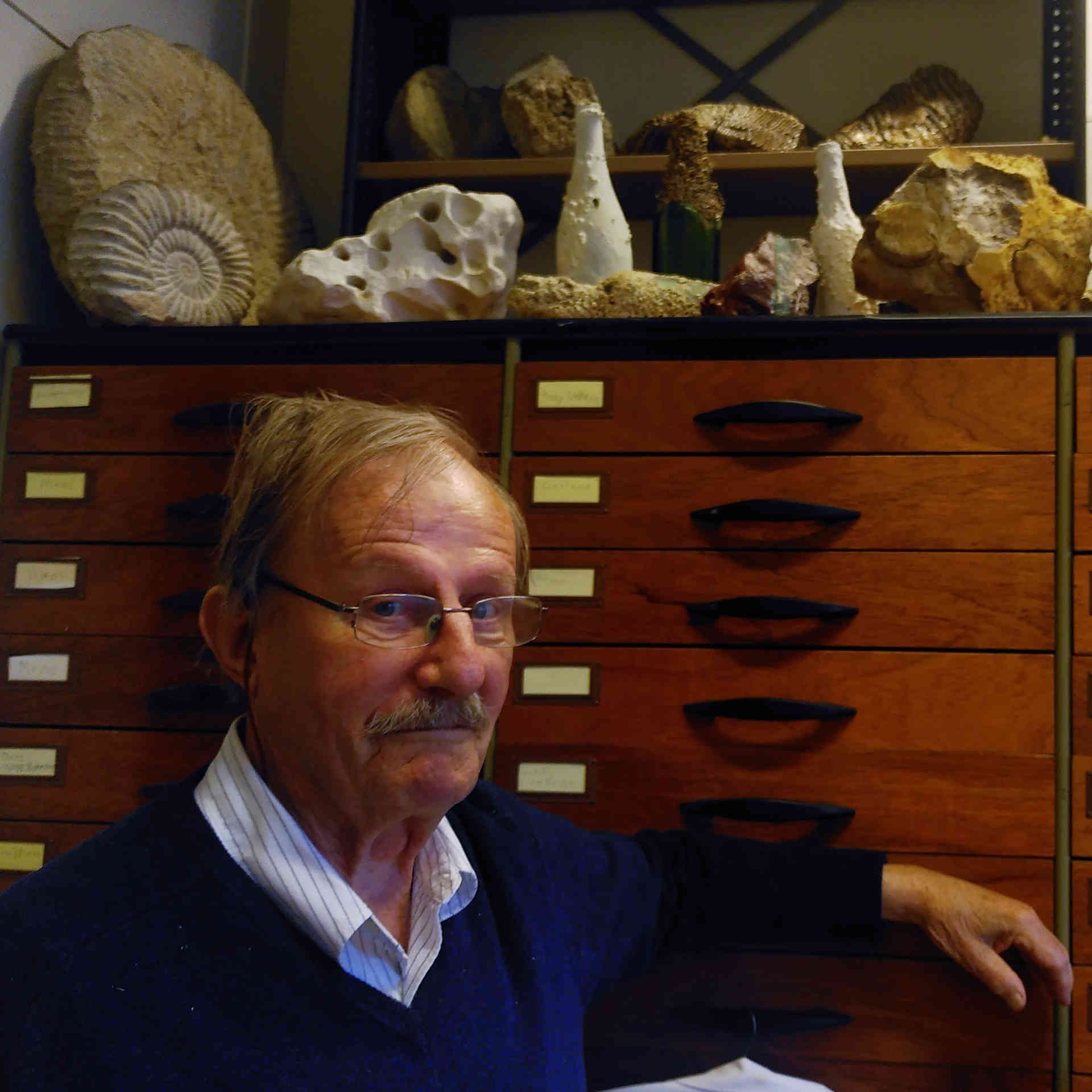I am a geologist – the earth is my business. As a soil science student, I remember tasting soil as a formal practice, part of the obligatory curriculum. Soil is a mixture of three components – sand, clay, and organics – the latter often called humus, not to be confused with hummus. Sand is very different from clay. It is not possible to bake bricks from sand. Sand needs a far higher temperature in an oven, and it inevitably would melt and end as slag material. Contrary to belief, a cat’s litter box is not filled with sand – sand does not absorb excretions. There is a special type of volcanic clay for that purpose, called attapulgite.
The flesh inside the mouth is sensitive and can distinguish different textures and materials well. It is easy to discern clay from sand in the mouth, because of the mineralogical difference between the two. Clay produces a slick sensation, while sand, on the other hand, scours the gums – the latter is even proverbial in Dutch.
With practice, it is possible to become a professional soil taster, discerning percentages of clay in a sample up to the 10 percent level of precision! I have known may soil-tasting researchers and none experienced any side effects. Nowadays, professional tasting is replaced by objective laboratory analysis. Courses on the subject by oral intake are obsolete. Soil tasting had a long history, though, before it was taught in academies. The clay content of agricultural topsoil was, for many centuries before the introduction of fertilizer, a measure of eld quality. Clay can absorb, and subsequently relinquish, not only water, but also essential nutrients for crop growth. Soil tasting, therefore, was a standard procedure in assessment of land value for taxation, sale or inheritance. This is still reflected in the Dutch word slikken, signifying as a verb “to take in” and as a plural noun “mudflats.” The singular noun slik means “mud,” but in many Dutch dialects also “sweets for sucking.”
Soil-tasting looks like wine tasting; do not swallow after rolling the sample around in the mouth, but, rather, spit it out. There is however one drawback in soil tasting; the humic organic component, is not easily detected, apparently because it is experienced by the mocusa similar to vegetable food. And not being a mineral, it may contain germs and (even worse) the eggs of organisms. It was these eggs that up to a half century ago posed a severe health risk to half of the country.
The Netherlands can be roughly split up in a clay-half (the northwestern part) and a sand-half (the southeastern part). It turned out that about half of the inhabitants on the sand-half suffered from permanent infection by intestinal worms, Ascaris roundworms. This parasitic worm can migrate through the human body causing all kinds of complications, some of them fatal. In those days, there were, of course, ef cient cures to get rid of these unwelcome fellow travelers. I do remember one medicine in particular because it was chocolate avored, a rare treat during the war. A common practice at the time, was to fertilize kitchen gardens with human manure, replete with Ascaris eggs. An unwashed garden harvest subsequently re-infected people with the Ascaris worm Ad in nitum. This plague did not affect people from the clay-half of Holland. As a consequence, people living on clay ground were proverbially prosperous Dutchmen.
The cause of this difference must be found in the hygroscopic properties of clay minerals. Worm eggs from human manure will be rapidly desiccated in clay environments. So it turned out that people living on clay grounds, once cured from a worm infection, were not re-infected.
I do believe in the benefits of soil in food is caused by the hygroscopic function of clay minerals. From times immemorial onward it has been daily practice for humans to eat unclean roots and vegetables, as well as meat seasoned with ash and accidental contaminants. Conventional cleaning habits are a recent introduction. I am not convinced that the so-called “paleo-diets” are a real boost to human welfare; but clay soil may be a very real, if minor, constituent of healthy, human food.
In this context, I would like to draw attention to a peculiar additive that has been on the market for more than a century – Luvos – here on the desk. Heilerde (healing earth) has been continuously on the market since 1918. What is Luvos? In fact, it is a type of soil called löss in German and Dutch. Widespread in middle latitudes, from Northern France and Belgium eastward to middle Germany, Poland, Ukraine, Russia, and central China; it also covers extensive parts of the American Midwest and Argentina. In fact, this sediment is the most common superficial soil stratum on the land surface of the Earth. It is ubiquitous because deserts have been characteristic of the Quaternary geological period as much as ice caps. Desert dust has been and still is transported worldwide by storms, especially during the ice ages, but also currently- red Saharan-dust regularly colors car roofs in Amsterdam, and it fertilizes green roofs on buildings. Dust deracination is only absent in the Arctic and Antarctic regions. But it fertilizes all seas and oceans, and is an important factor in the ecology of marine life. Löss dusts, like Luvos, consist of two distinct components: partly clay mineral, partly tiny splintery quartz sand grains – it is not pure clay. The sandy fraction makes it less slick than pure clay and easier to swallow.
Eating Luvos to prevent, or counteract, intestinal problems follows much older traditions of soil consumption in the part of Holland where the topsoil consists of löss. This holds particularly true for the consumption of soil at St. Gerlach’s in Limburg.
Who was this St. Gerlach? He was a repentant hermit, a holy man, living in a hollow oak tree around 1200. He became a local saint and was officially recognized by Pope Benedictus XIII in 1728. The Saint’s grave was excavated at the side of the Geul River, in löss soil, and people started to collect soil from this spot for consumption in the belief it should give them good health. In the course of time, a monastery for noblemen was built near the site, and also in 1750 a church was erected in Rococo style, which housed an impressive tomb for the Saint. Underneath this tomb, a space filled with soil was created. This St. Gerlach soil can be collected in little samples for personal or veterinary use. Nowadays, this is not the löss soil anymore in which our Saint was interred. Present day pilgrims are provided with hygienic fine-grained white limestone sand from the cliffs bordering the Geul river valley to the south. The substitute completely lacks the absorbing properties of the preceding löss. Fine-grain limestone, i.e. chalk, is a well-known additive of rhubarb recipes to prevent kidney-stone formation. Prudent modern churchwardens knew the new chalk as an innocent mineral substance, harmless, when consumed. The continued provision of St. Gerlach soil in the church is now a manifestation of faith in sanctitude, and belief in the tonic values of tradition. These values also interact with practical medical effects of edible soil in the Netherlands.

